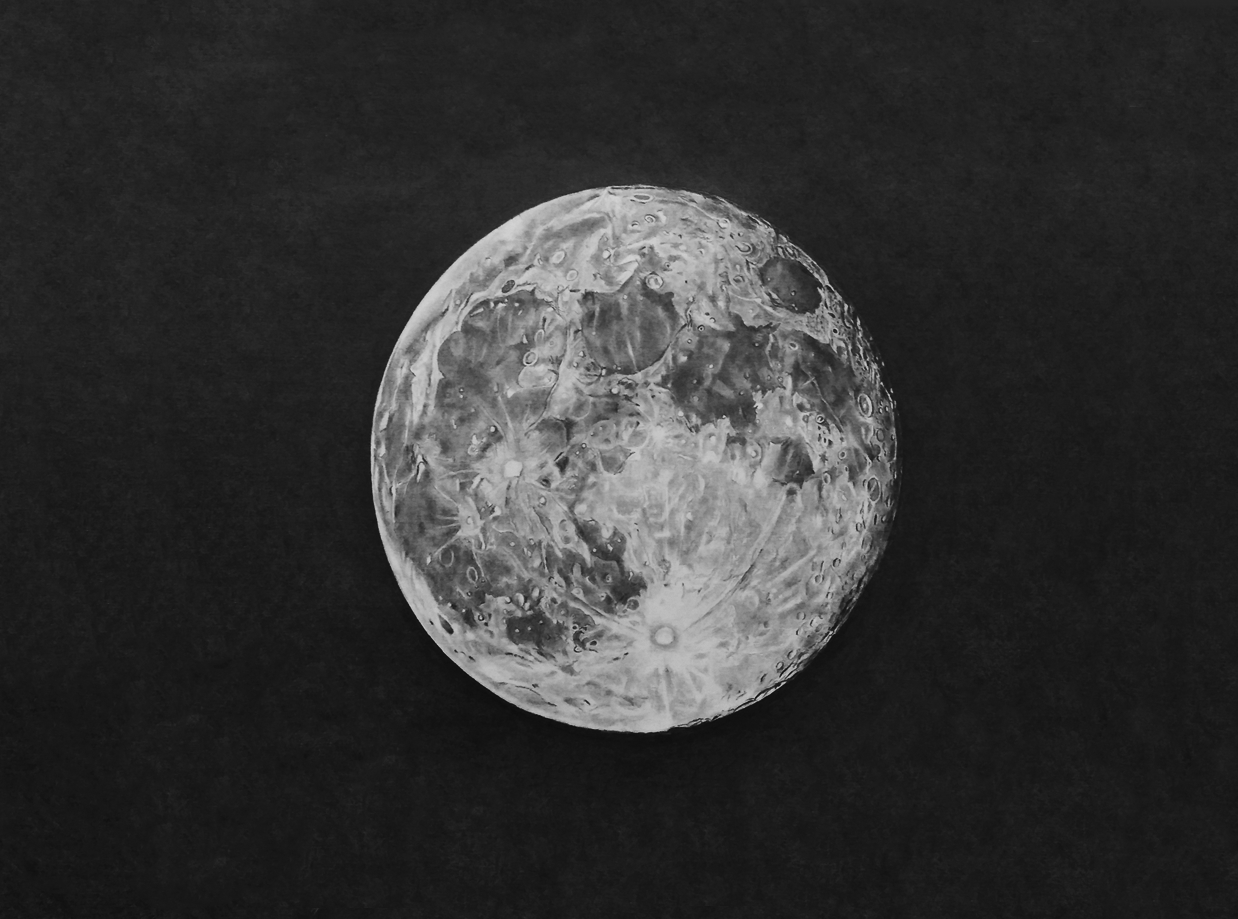The moon has captivated human imagination for centuries, inspiring countless artists and dreamers alike. From its serene glow to its mysterious craters, the moon offers a unique canvas for artistic expression. Moon drawing, a delicate yet striking form of art, allows individuals to explore their creativity while connecting with the celestial body that has been a source of inspiration throughout history. Whether you are a seasoned artist or a curious beginner, understanding the nuances of moon drawing can transform your artistic journey.
As we delve into the world of moon drawing, we will explore its significance, techniques, and how it can evoke emotions and stories. The moon’s phases provide a plethora of inspiration, highlighting its ever-changing beauty. This article will guide you through various aspects of moon drawing, from the materials you need to the tips and tricks to improve your skills. Join us as we embark on this artistic adventure under the enchanting night sky!
Ultimately, moon drawing is not just about replicating what you see; it’s about translating the essence of the moon into your artwork. As you learn more about this captivating art form, you might discover a deeper connection to the universe and your inner self.
What is Moon Drawing?
Moon drawing refers to the artistic representation of the moon, capturing its beauty, phases, and the emotions it evokes. Artists often use different mediums such as pencil, charcoal, watercolor, or digital tools to create their moon-inspired artworks. The moon can be depicted in various styles, from realistic to abstract, allowing for a wide range of interpretations.
Why is the Moon Significant in Art?
The moon has long been a symbol of inspiration, mystery, and beauty. Its presence in art often represents themes such as solitude, dreams, and the passage of time. Artists throughout history have used the moon to convey emotions and tell stories, making it an enduring subject in various cultures.
How Can You Start Your Own Moon Drawing Journey?
Getting started with moon drawing is simple and enjoyable. Here are some steps to help you begin:
- Choose your medium: Decide whether you want to use pencils, paints, or digital tools.
- Study the moon: Observe its phases, shapes, and features.
- Sketch lightly: Begin with a rough outline before adding details.
- Add depth: Use shading techniques to create dimension and texture.
- Experiment: Don’t be afraid to try new styles and interpretations.
What Materials Do You Need for Moon Drawing?
To create stunning moon drawings, you’ll need a few essential materials:
- High-quality sketch paper or canvas
- Pencils (HB, 2B, 4B for different shading effects)
- Charcoal or pastels for deeper contrasts
- Watercolors or acrylics if you prefer painting
- Digital drawing tablet if you’re interested in digital art
Where Can You Find Inspiration for Moon Drawing?
Inspiration for moon drawing can be found in many places:
- Nature: Spend time outdoors during the night to observe the moon.
- Art galleries: Explore works by famous artists who have depicted the moon.
- Photography: Look at photographs of the moon for reference.
- Literature: Read poetry and stories that evoke the mystery of the moon.
Who Are Some Famous Artists Known for Moon Drawings?
Many artists throughout history have captured the beauty of the moon in their work. Some notable figures include:
- Vincent van Gogh: Known for "Starry Night," which beautifully depicts the moon in a swirling night sky.
- Caspar David Friedrich: A Romantic painter who often included the moon in his landscapes.
- Claude Monet: Captured the moon's reflections in his water lily series.
What Techniques Can Enhance Your Moon Drawing Skills?
To elevate your moon drawing skills, consider incorporating these techniques:
- Use blending tools for smoother transitions in shading.
- Experiment with contrasting colors to create mood.
- Play with light and shadow to give a three-dimensional effect.
- Incorporate surrounding elements like clouds or stars for added depth.
How to Find Your Unique Style in Moon Drawing?
Finding your unique style in moon drawing involves exploration and practice. Here are some tips:
- Try different mediums to see what resonates with you.
- Combine techniques: Experiment with blending traditional and digital art.
- Develop a personal theme: Include elements that reflect your personality.
- Seek feedback from fellow artists to gain new perspectives.
Conclusion: Why Moon Drawing is an Artistic Journey Worth Pursuing?
In conclusion, moon drawing is not only a creative outlet but also a way to connect with the beauty of the universe. By exploring the techniques, materials, and inspirations behind moon drawing, artists can deepen their understanding and appreciation of this celestial phenomenon. So, grab your art supplies, step outside on a clear night, and let the magic of the moon inspire your next masterpiece!
Article Recommendations
- Traylor Howard
- Bolly4u
- Vivian Jenna Wilson Net Worth
- David Bromstad Twin Brother
- Whats Anthony Geary Doing Now
- Scheels Black Friday Ad
- Sandra Oh Spouse
- Papoose New Girlfriend
- Japanese Cooling Blanket
- Who Is The Caveman In Geico Commercials


